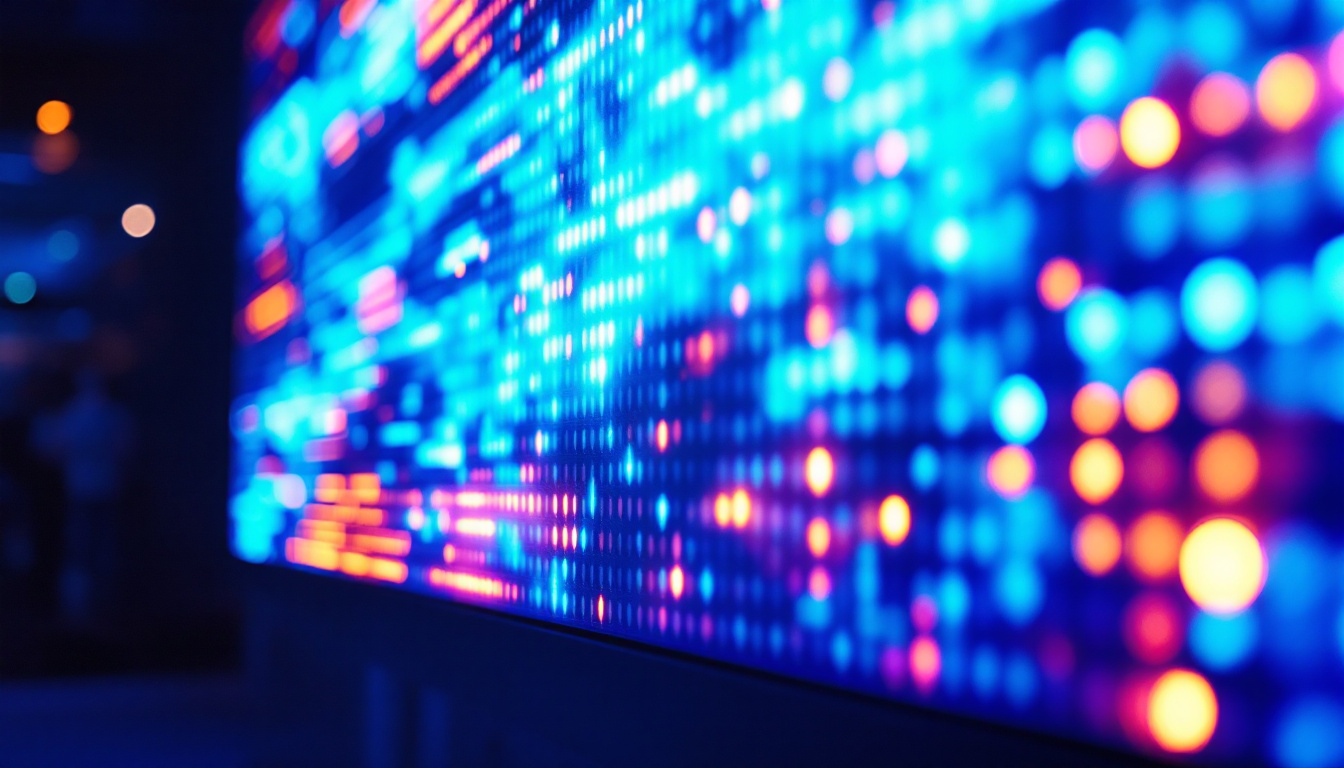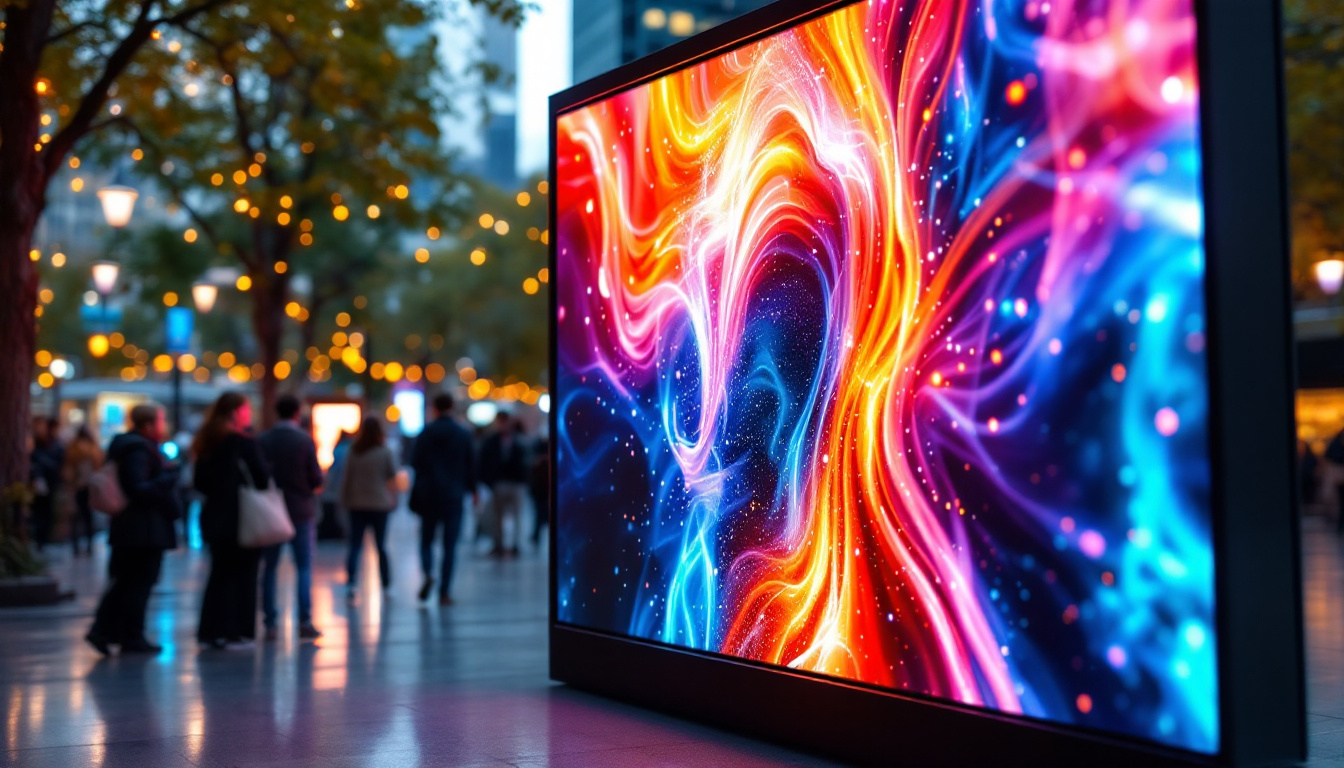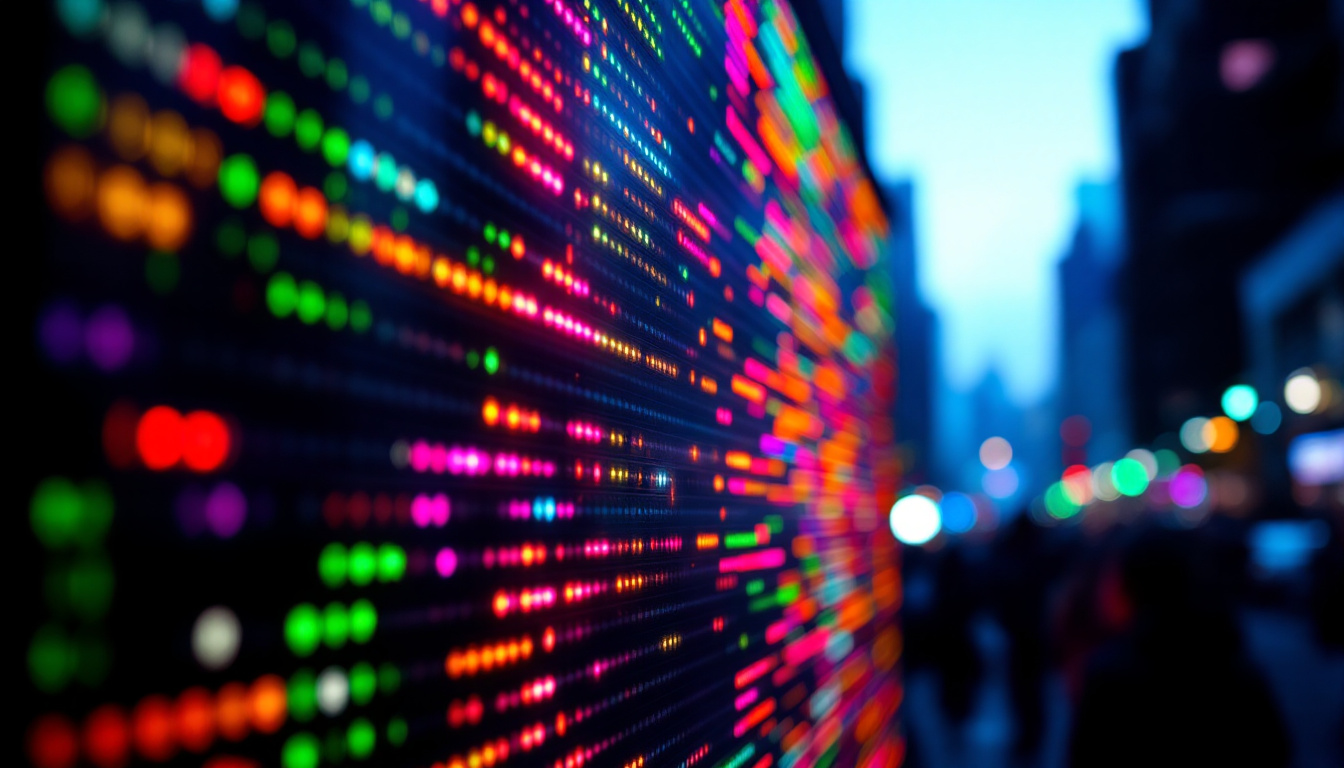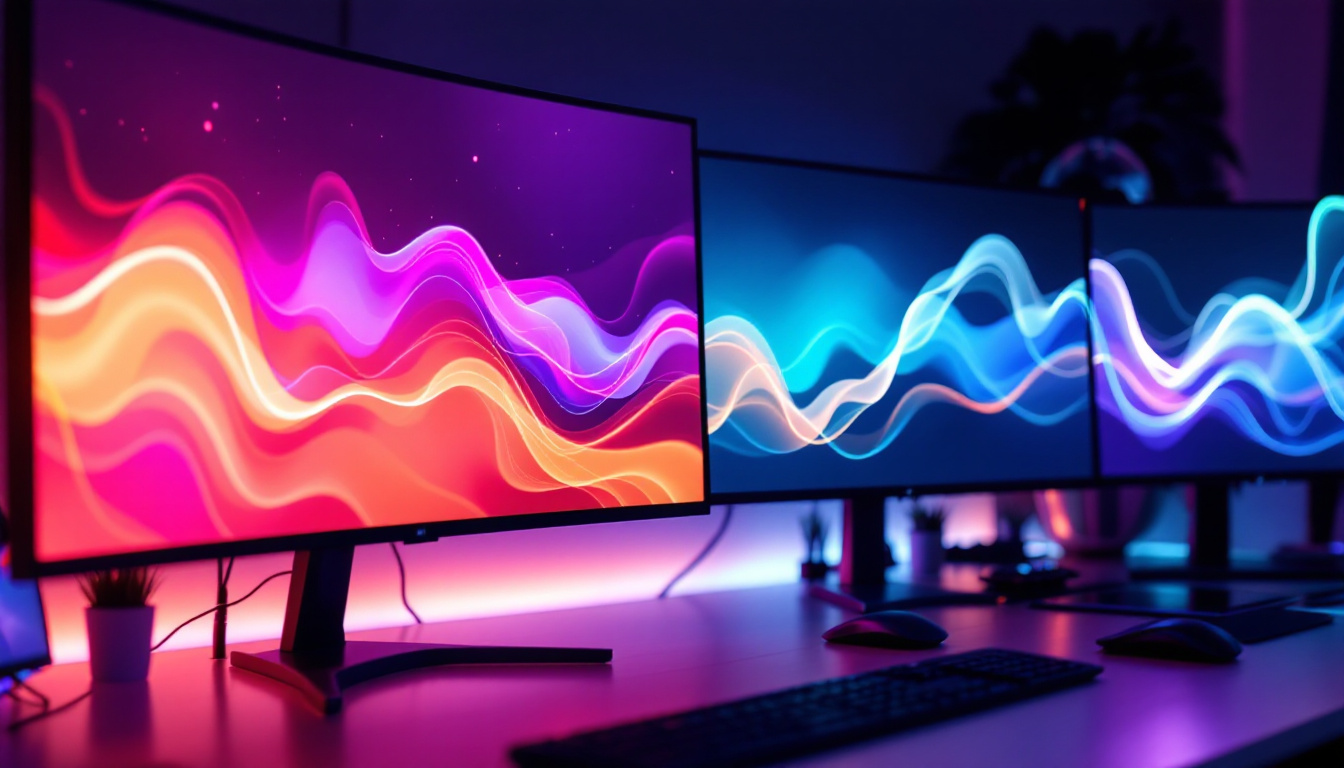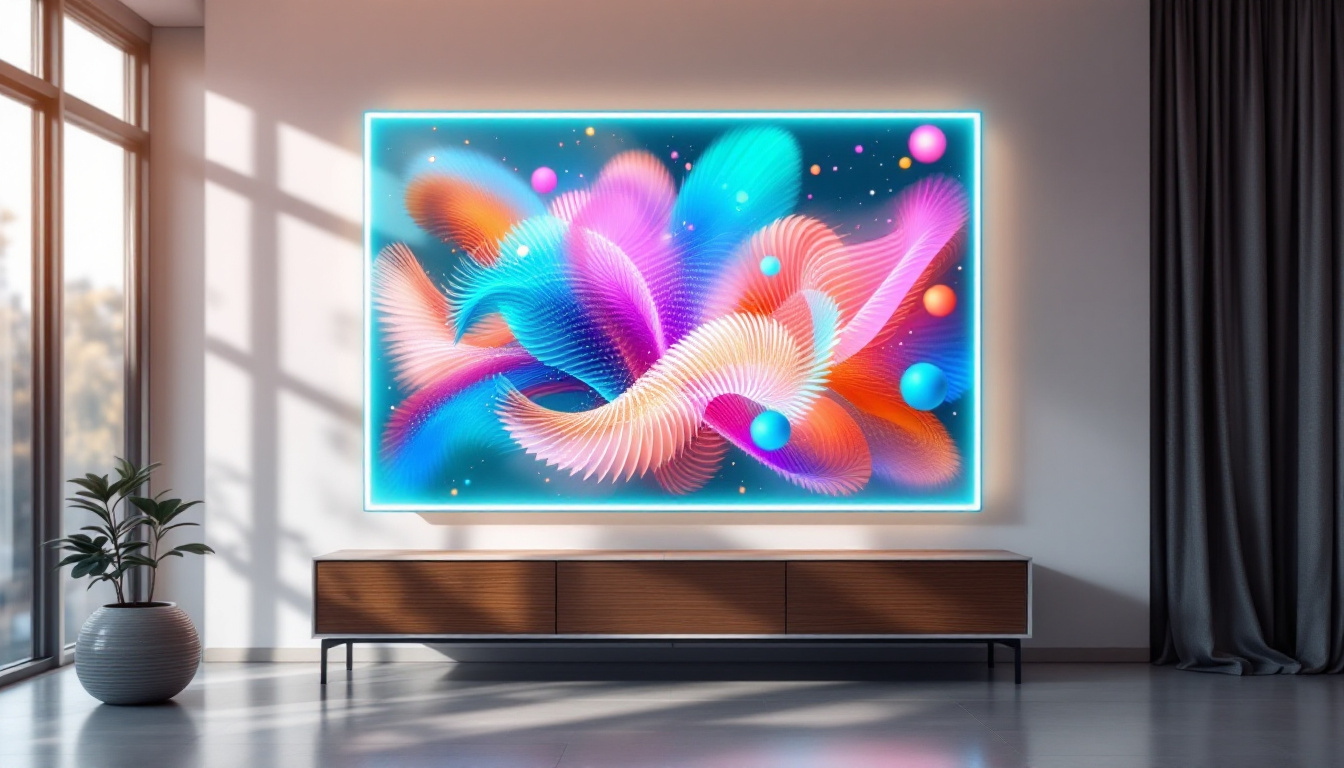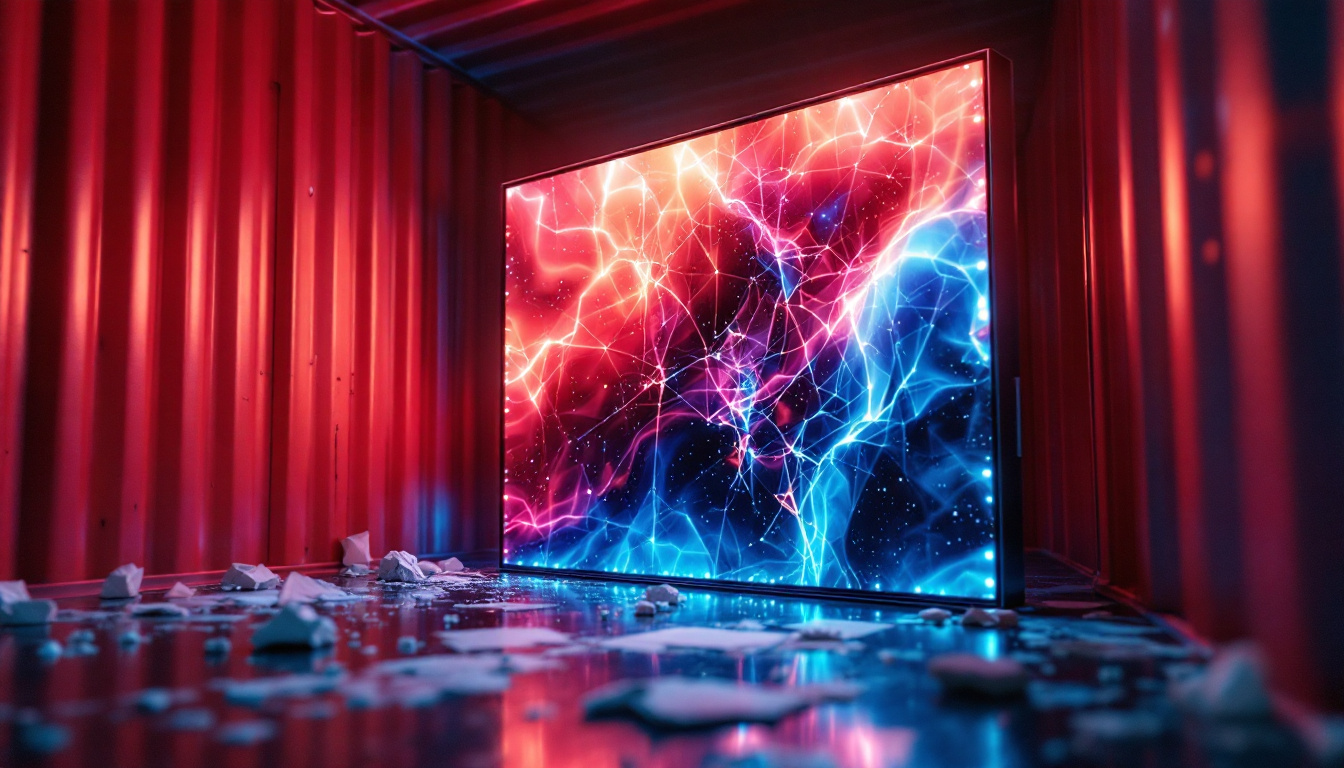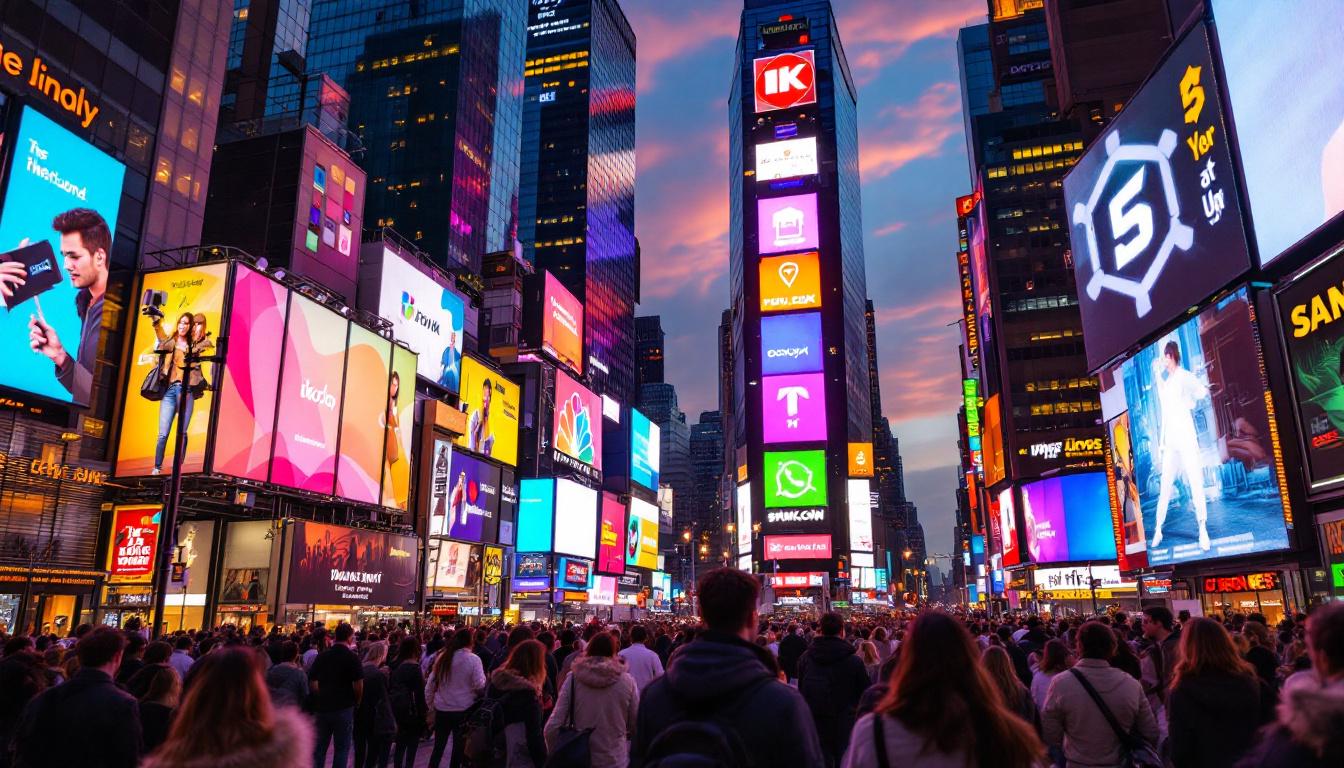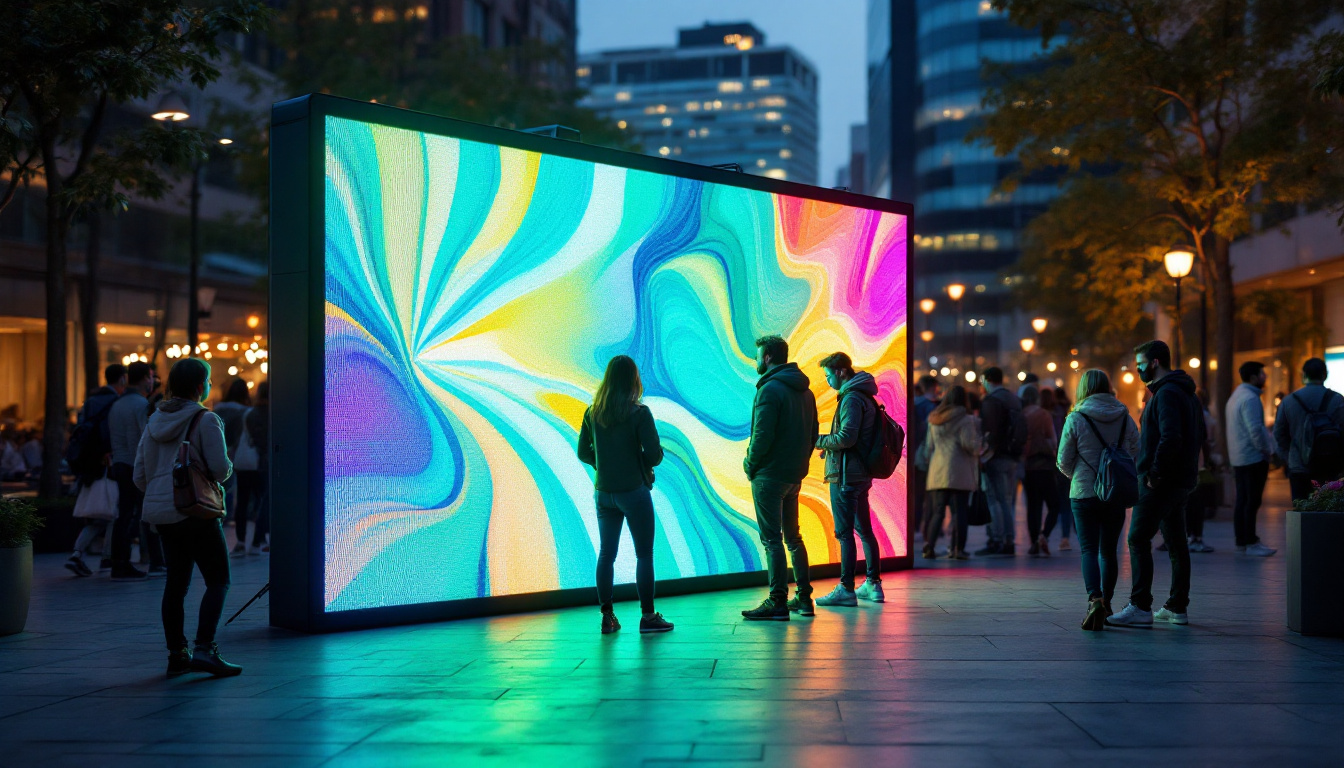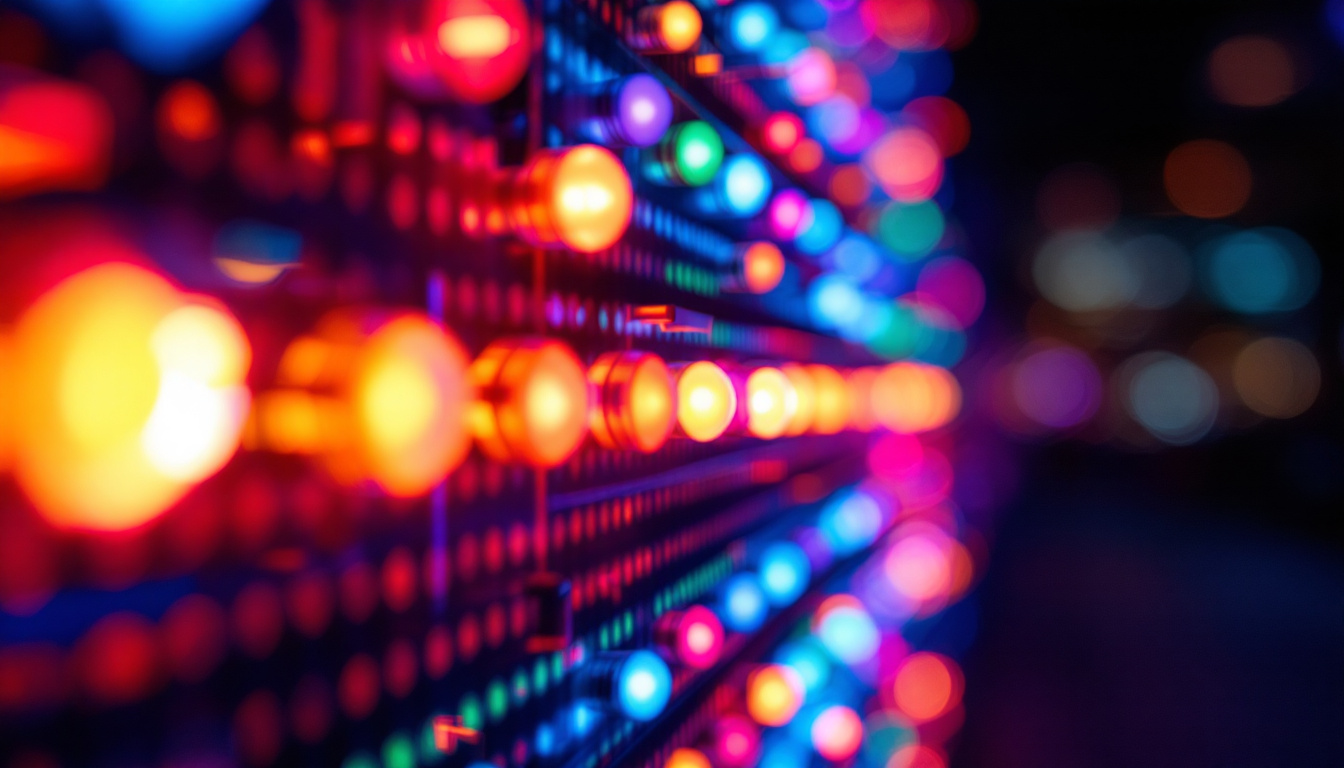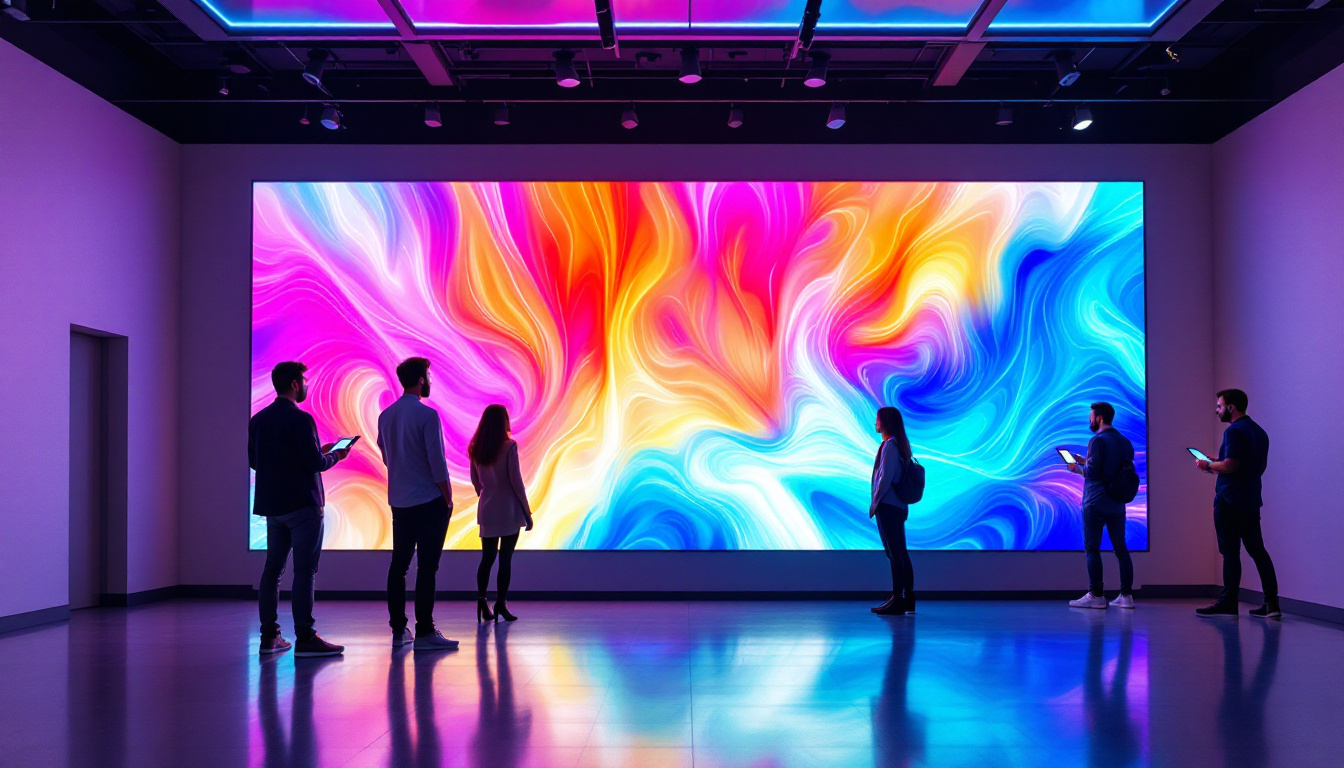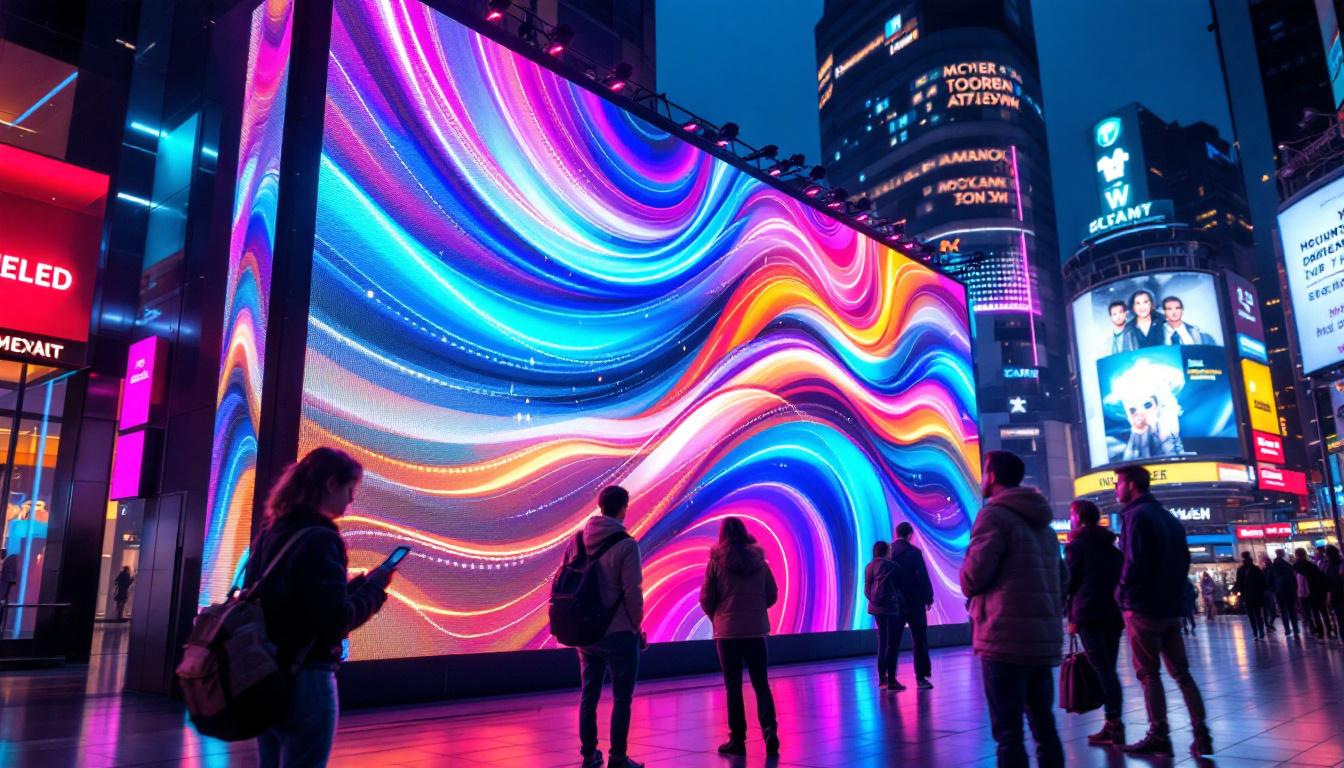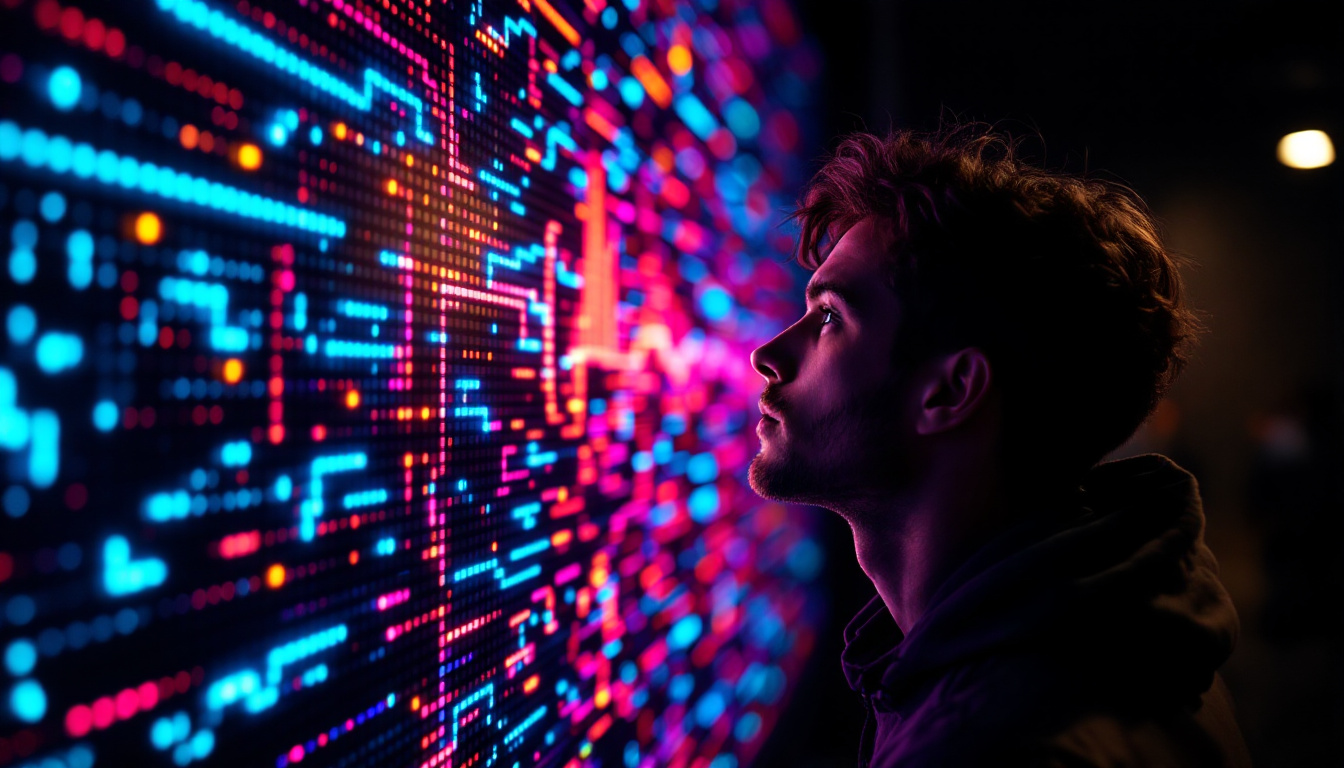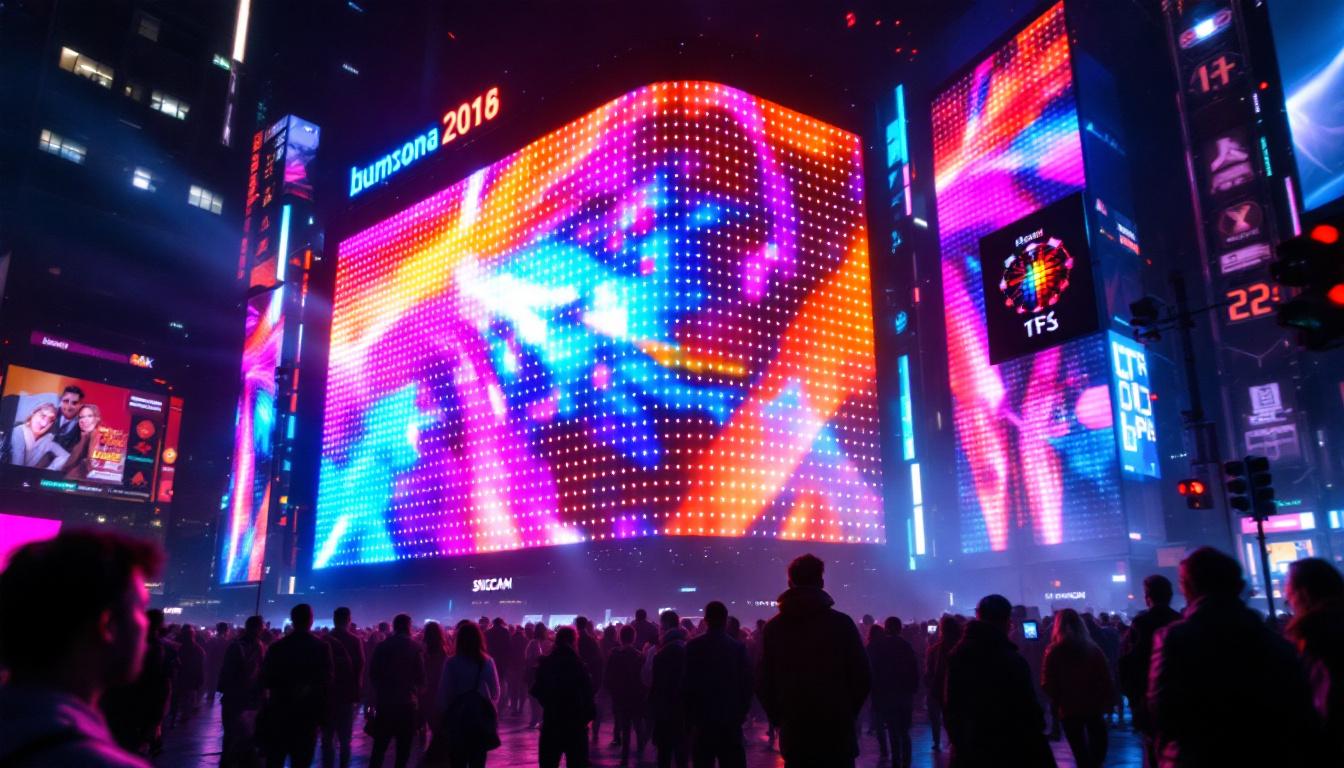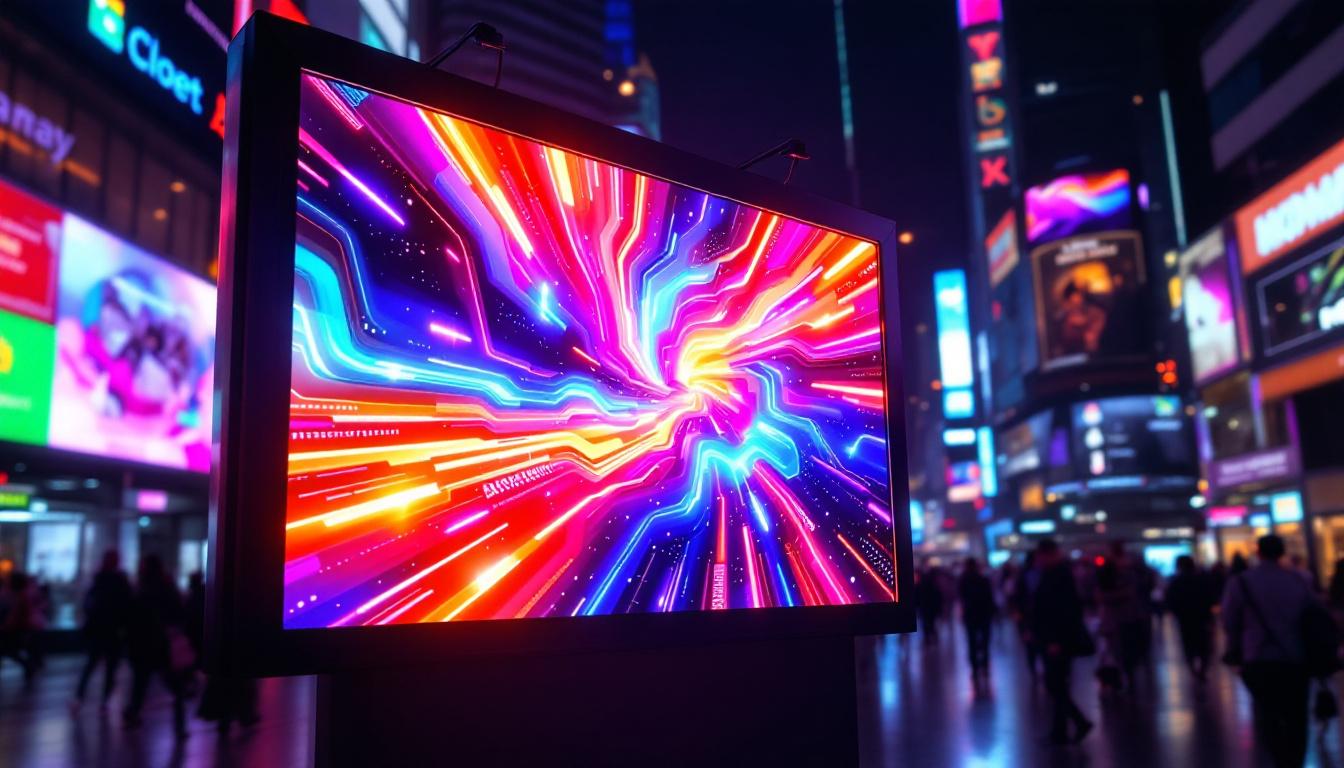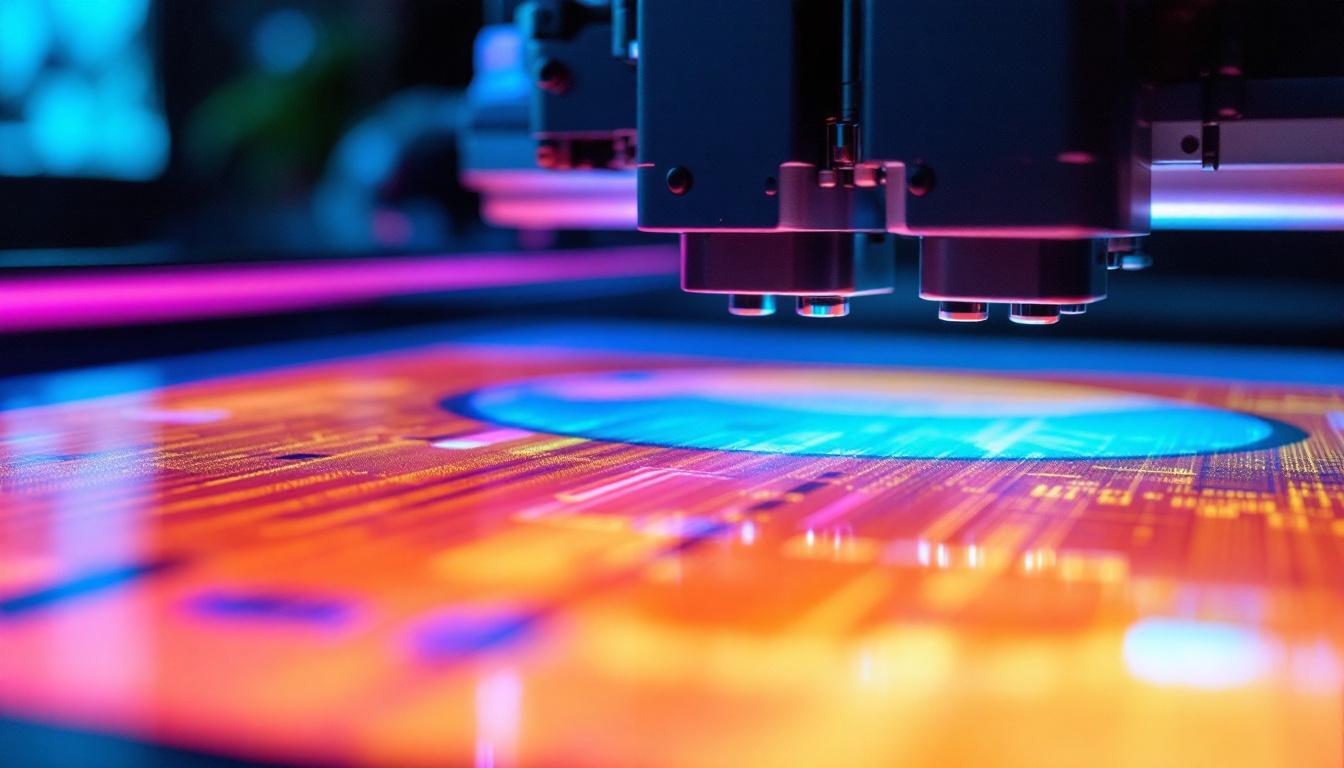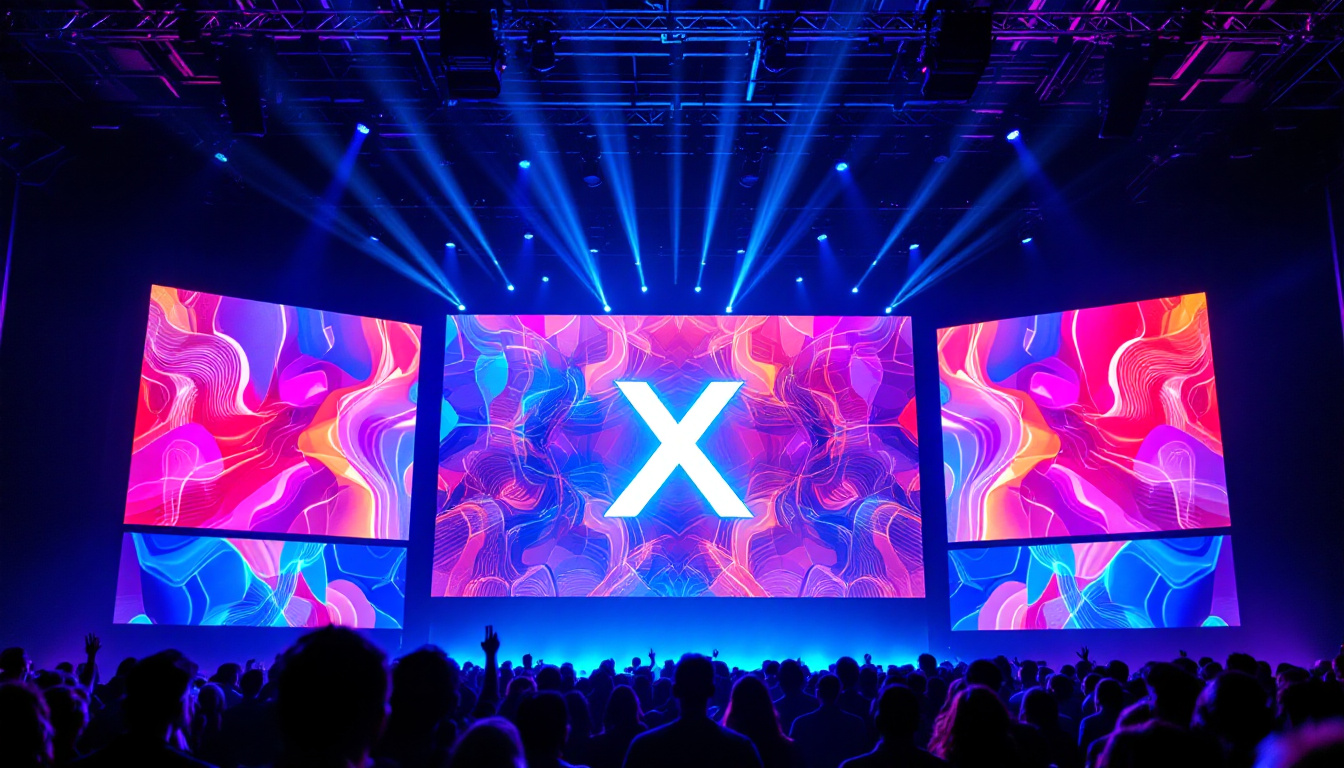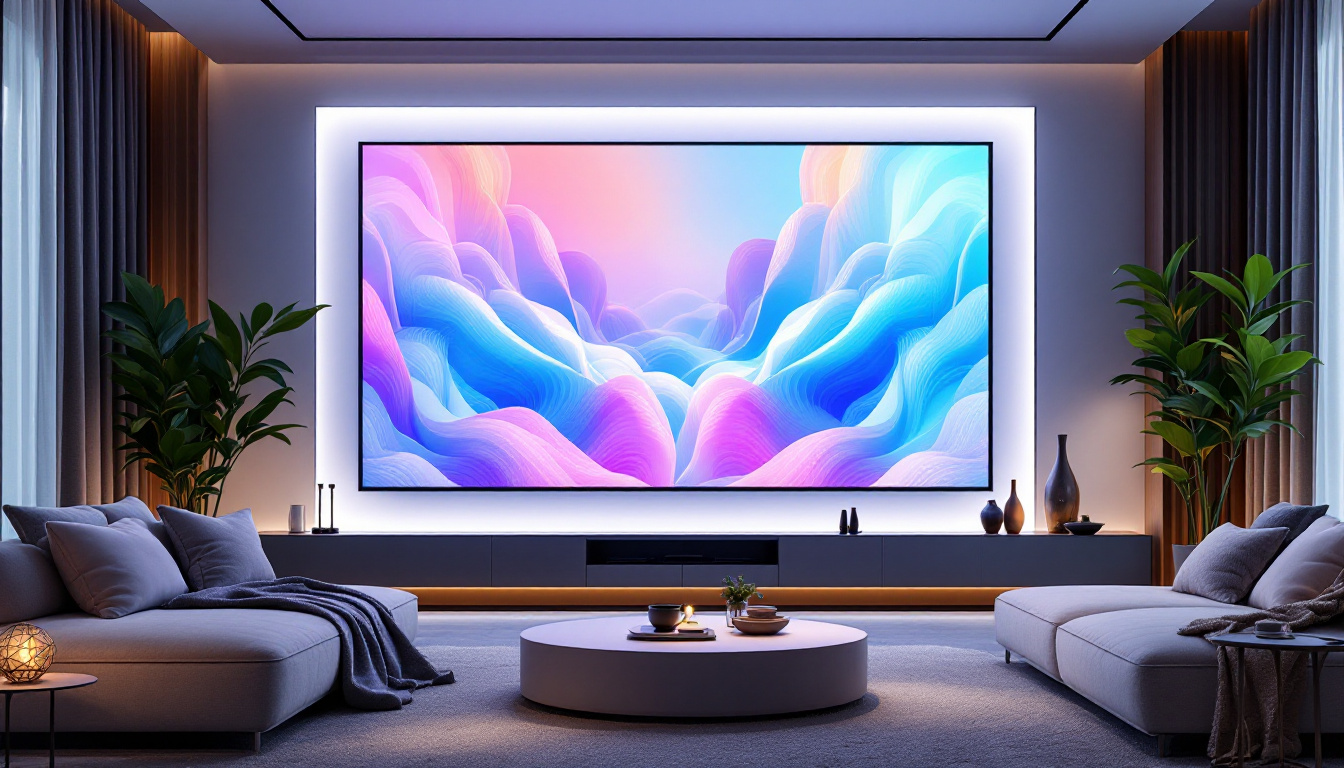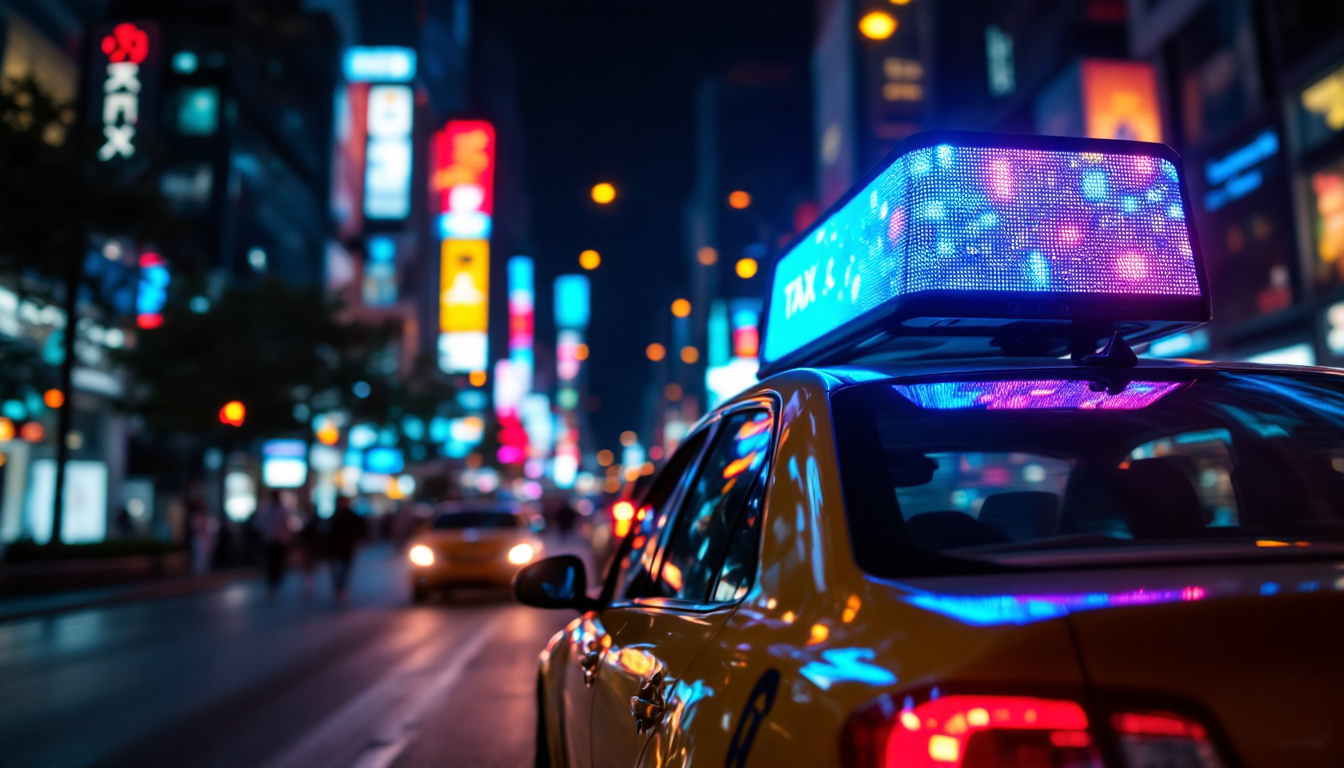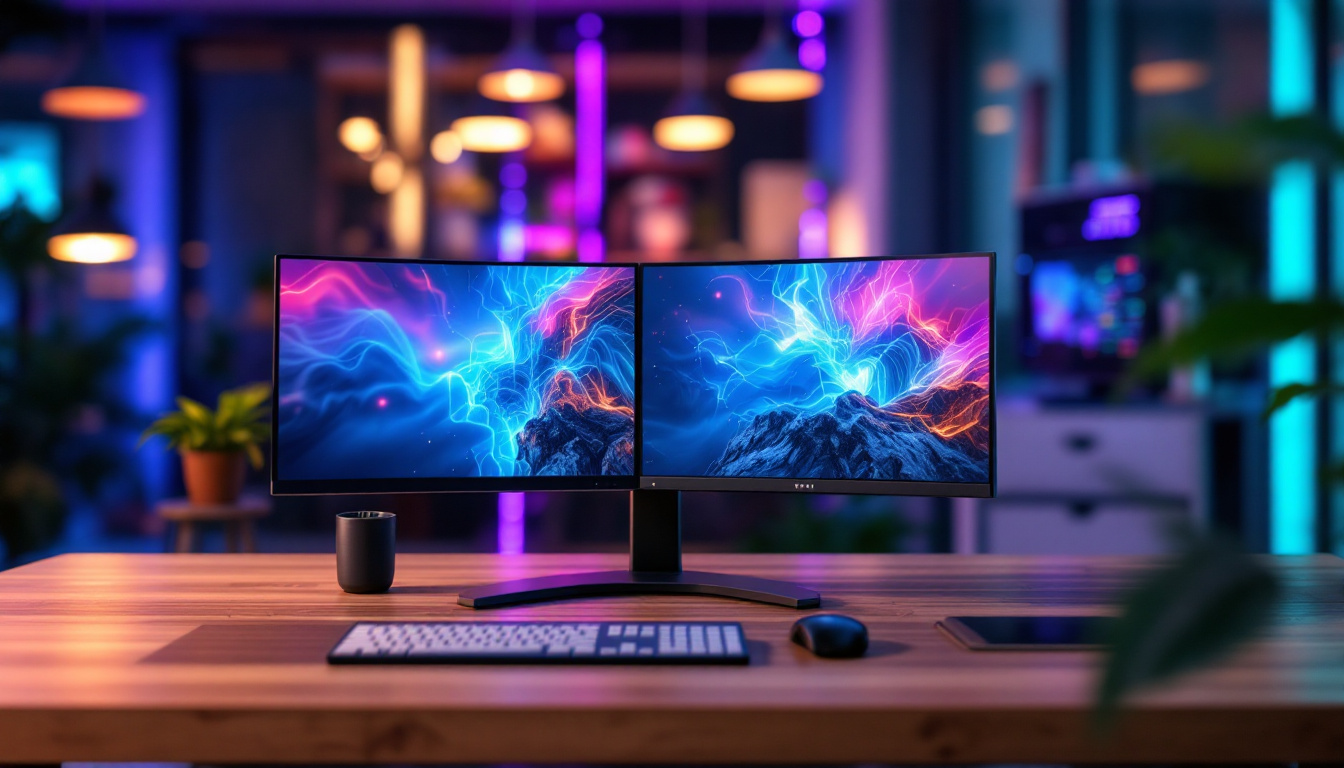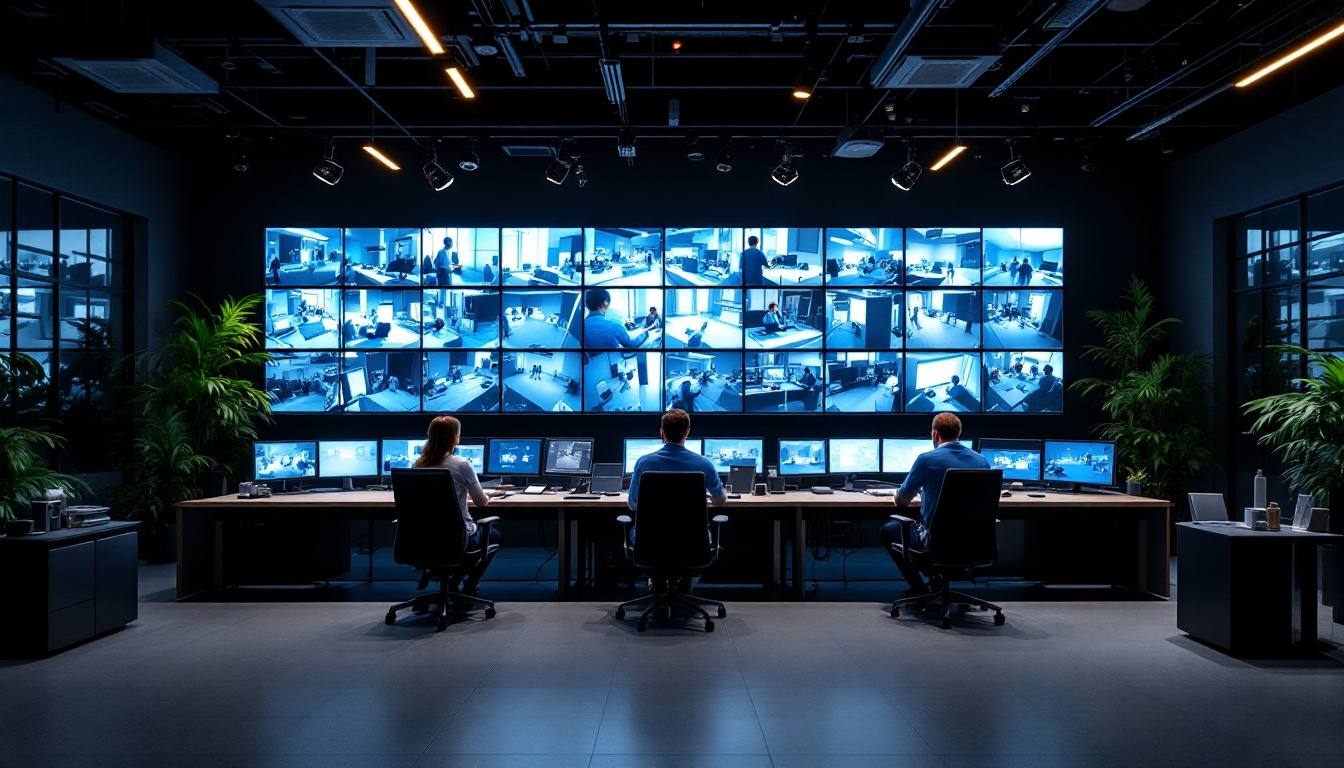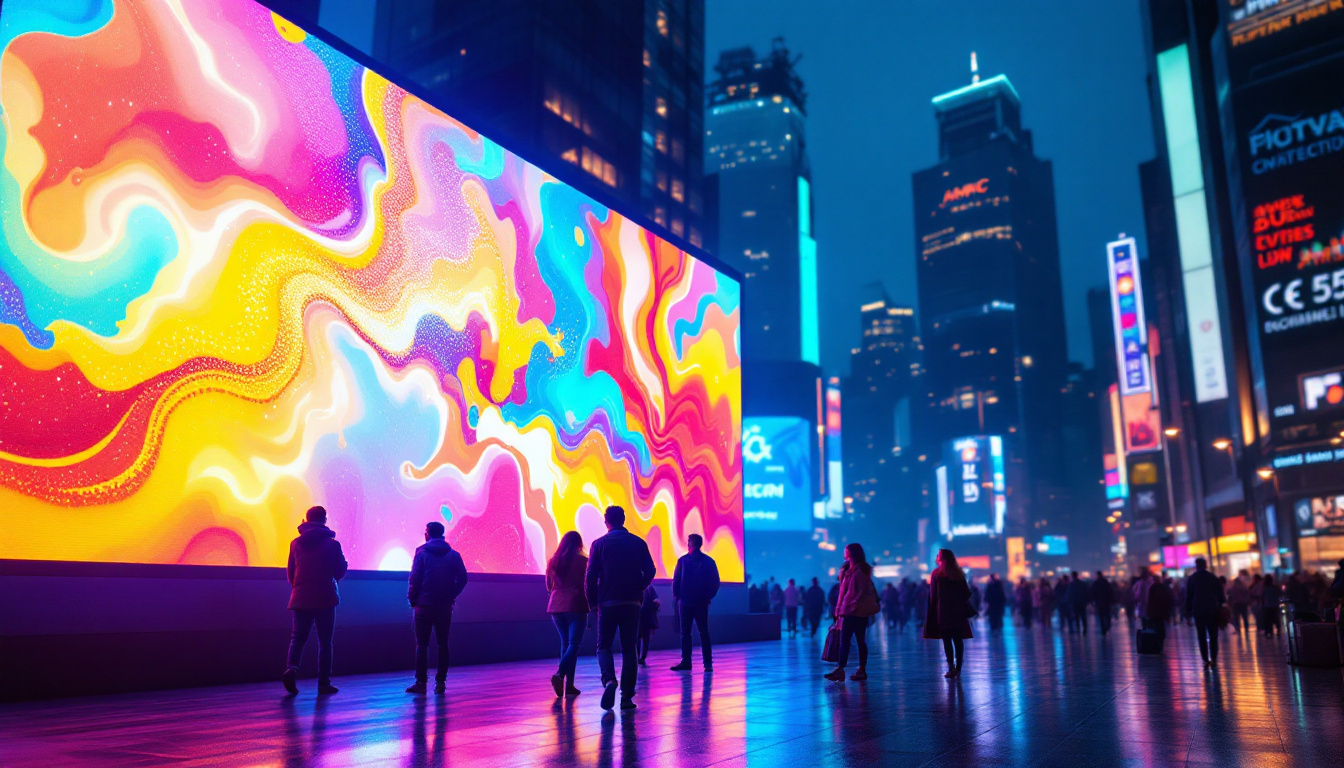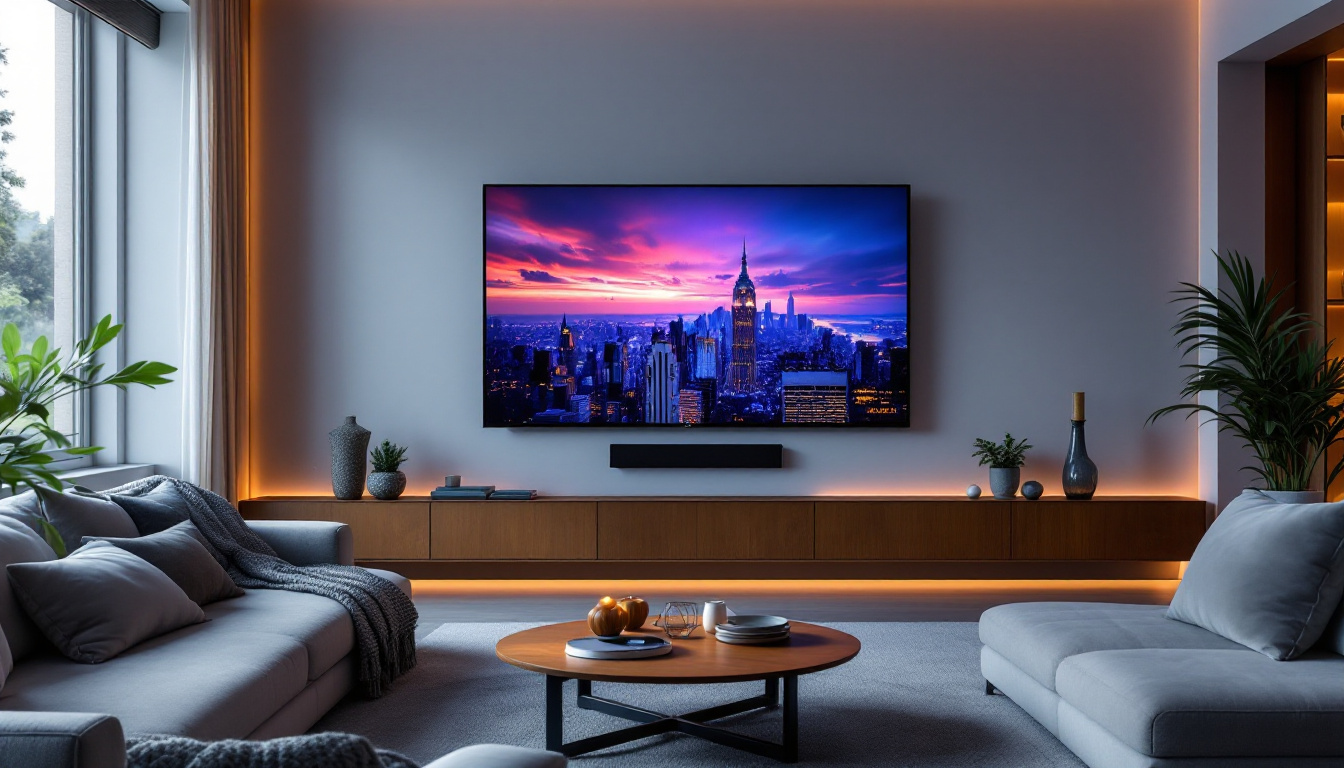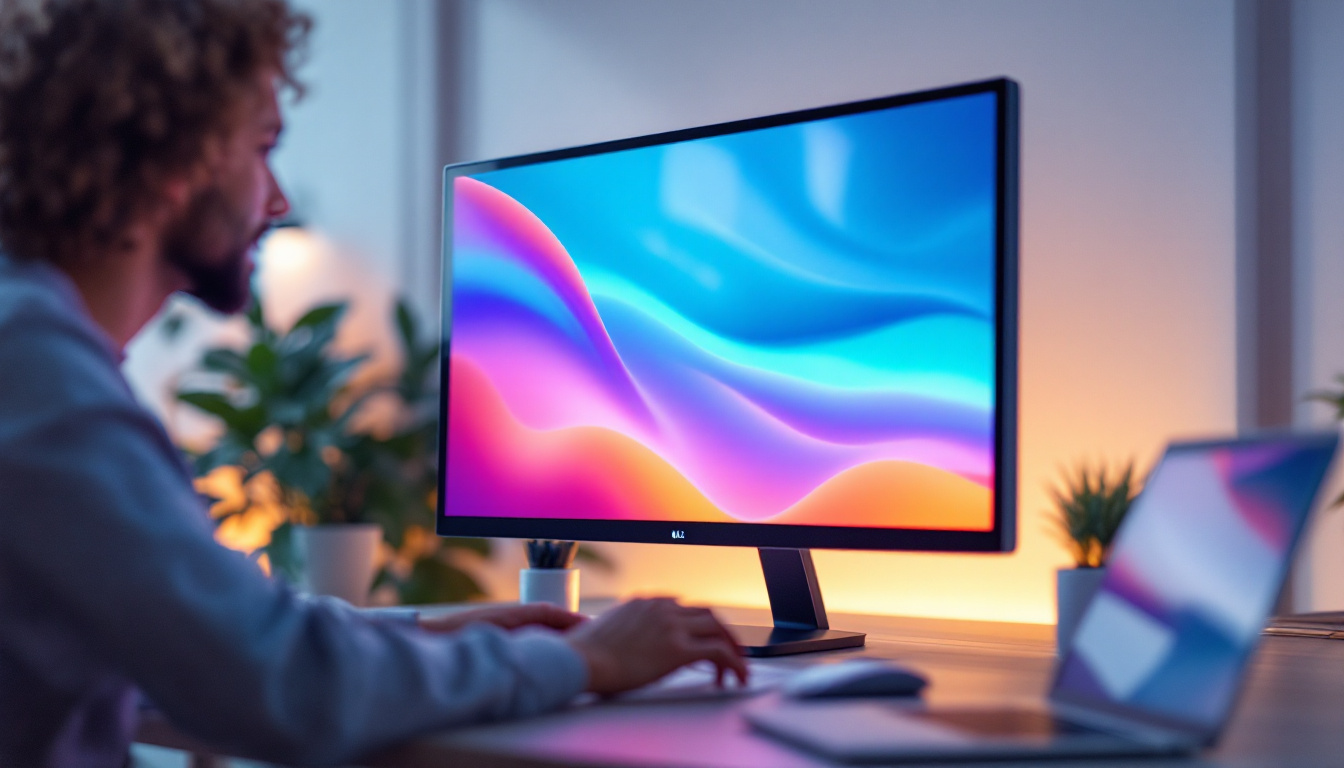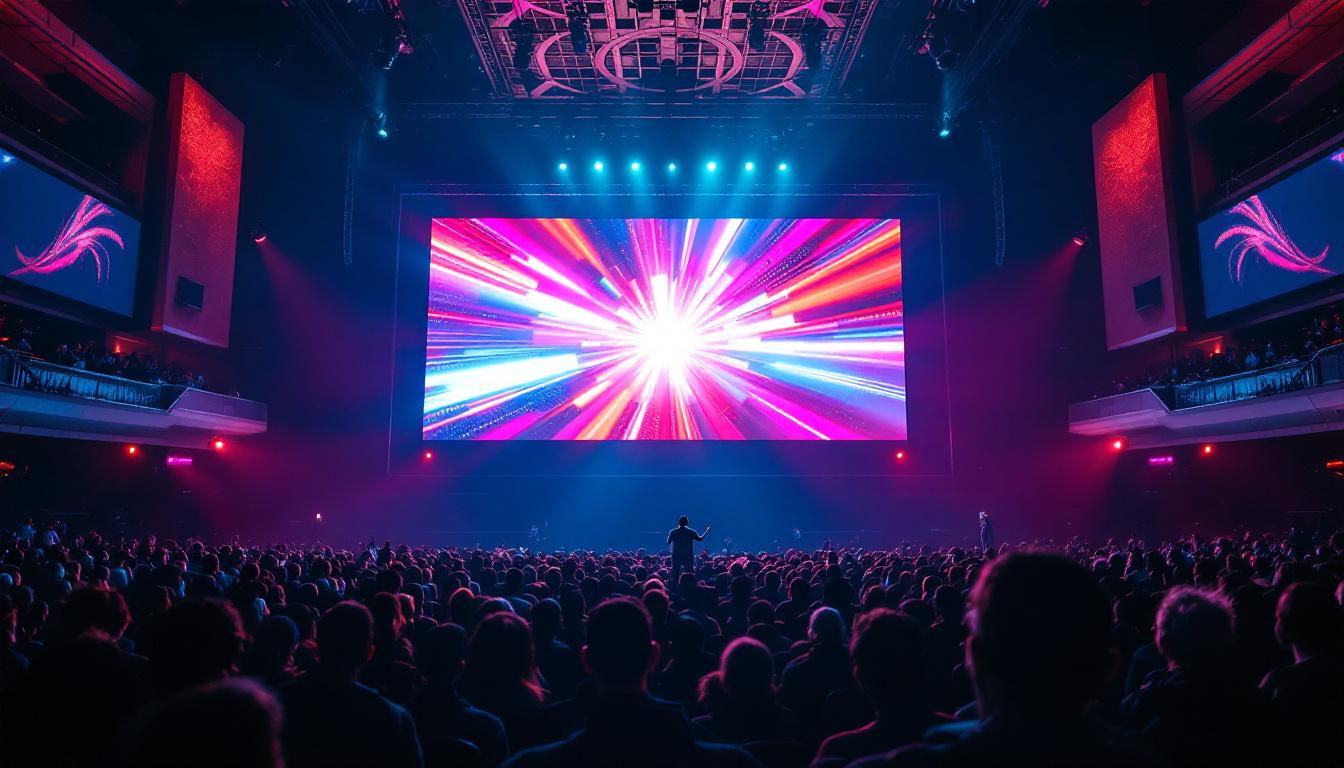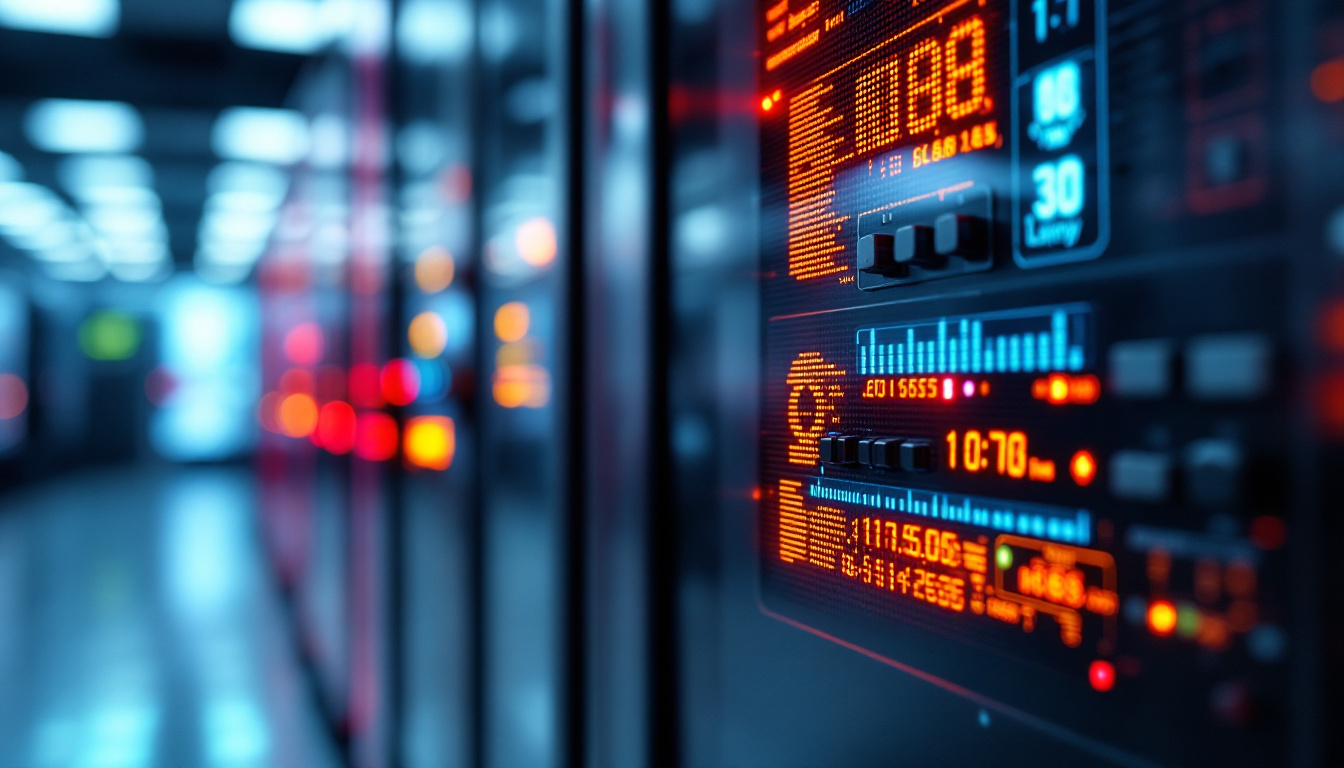In today’s digital age, the demand for high-quality visual displays has surged, leading to the widespread adoption of LED technology. Among the various types of displays available, panel LED video displays have gained significant popularity due to their versatility, brightness, and overall performance. This article delves into the intricacies of panel LED video technology, exploring its components, applications, advantages, and future trends.
Understanding LED Technology
Light Emitting Diodes (LEDs) are semiconductor devices that emit light when an electric current passes through them. The technology has evolved significantly since its inception, becoming a cornerstone in modern display systems. LED displays are composed of numerous tiny LEDs arranged in a grid, which collectively create vivid images and videos.
How LED Displays Work
LED displays operate based on the principle of pixel illumination. Each pixel in an LED display is made up of red, green, and blue (RGB) diodes. By adjusting the intensity of each color, a vast spectrum of colors can be produced, allowing for rich and dynamic visuals. The combination of these colors at varying intensities results in the full-color images that viewers see.
Moreover, the configuration of these pixels can vary significantly. In panel LED displays, the pixels are tightly packed, allowing for higher resolutions and clearer images. This is particularly beneficial in environments where viewers are close to the display, such as in retail settings or at concerts.
Types of LED Displays
LED displays can be categorized into several types, each designed for specific applications. The most common types include:
- Direct View LED: These displays use individual LEDs to create images directly, offering superior brightness and contrast.
- LED Backlit LCD: These displays use LEDs as a backlight for an LCD panel, providing improved brightness and energy efficiency compared to traditional backlighting methods.
- Organic LED (OLED): OLED displays use organic compounds to emit light, resulting in deeper blacks and better color accuracy.
Components of Panel LED Video Displays
Understanding the components of panel LED video displays is crucial for grasping how they function and what makes them effective. Each component plays a vital role in the overall performance and quality of the display.
LED Modules
LED modules are the building blocks of panel LED displays. Each module contains a matrix of LEDs arranged in a specific pattern. These modules can be easily assembled and disassembled, allowing for flexibility in display size and configuration. The modular design also simplifies maintenance, as individual modules can be replaced without having to take down the entire display.
Control Systems
The control system is the brain of the LED display. It processes the input signals and determines how the LED modules should illuminate to create the desired images. Advanced control systems can handle multiple input sources, allowing for dynamic content management. This is particularly useful in environments where displays need to adapt quickly to changing information, such as in transportation hubs or live events.
Power Supply
Power supply units (PSUs) are essential for providing the necessary voltage and current to the LED modules. A reliable power supply ensures consistent performance and longevity of the display. High-quality PSUs also help in reducing energy consumption, making LED displays more environmentally friendly.
Applications of Panel LED Video Displays
Panel LED video displays are incredibly versatile and find applications across various industries. Their ability to deliver high-quality visuals makes them suitable for numerous settings.
Advertising and Marketing
One of the most common applications of panel LED displays is in advertising and marketing. Retailers use these displays to showcase products, promotions, and brand messages. The bright, vibrant colors and dynamic content capture the attention of passersby, making them an effective tool for driving sales.
Digital billboards, often seen along highways or in urban centers, utilize large panel LED displays to convey advertisements to a broad audience. The ability to change content quickly allows advertisers to tailor their messages to specific audiences or times of day.
Events and Entertainment
In the events and entertainment industry, panel LED displays have become a staple. Concerts, festivals, and sporting events utilize these displays for stage backdrops, live feeds, and visual effects. Their high brightness levels ensure visibility even in outdoor settings, while the flexibility of modular designs allows for creative and immersive setups.
Moreover, event organizers can use LED displays for real-time information sharing, enhancing the overall experience for attendees. From displaying scores at sports events to showcasing social media feeds during concerts, the applications are virtually limitless.
Corporate and Educational Settings
Panel LED displays are also prevalent in corporate and educational environments. Businesses use them for presentations, video conferencing, and internal communications. The clarity and brightness of LED displays ensure that content is easily visible to all participants, fostering better engagement during meetings.
In educational institutions, LED displays serve as effective teaching tools. They can be used to present multimedia content, enhancing the learning experience for students. Additionally, schools and universities often use LED displays for announcements and event promotions, ensuring that information reaches a broad audience.
Advantages of Panel LED Video Displays
The popularity of panel LED video displays can be attributed to several key advantages that set them apart from traditional display technologies.
High Brightness and Contrast
One of the most significant advantages of panel LED displays is their high brightness levels. This makes them suitable for both indoor and outdoor environments, where ambient light can often wash out other display types. The contrast ratio of LED displays is also superior, allowing for deeper blacks and more vibrant colors.
This high brightness and contrast capability ensures that content remains visible and engaging, regardless of the lighting conditions. As a result, LED displays are often the preferred choice for outdoor advertising and events held in bright environments.
Energy Efficiency
Panel LED displays are known for their energy efficiency compared to traditional display technologies. They consume less power while providing superior brightness and image quality. This not only reduces operational costs but also contributes to a smaller carbon footprint, making LED displays a more sustainable option.
Furthermore, advancements in LED technology continue to improve energy efficiency, allowing for longer operational lifespans and reduced maintenance costs. This aspect is particularly appealing for businesses looking to minimize expenses while maximizing visual impact.
Versatility and Flexibility
The modular design of panel LED displays allows for a high degree of customization. They can be configured into various shapes and sizes, making them suitable for a wide range of applications. Whether it’s a large outdoor billboard or a small indoor display, the versatility of LED technology ensures that there is a solution for every need.
This flexibility extends to content management as well. With advanced control systems, users can easily change the displayed content, allowing for dynamic advertising, event updates, or educational materials. This adaptability is a significant advantage in fast-paced environments where information needs to be updated frequently.
Challenges and Considerations
While panel LED video displays offer numerous benefits, there are also challenges and considerations that potential users should keep in mind.
Initial Investment Costs
The initial cost of purchasing and installing panel LED displays can be significant. While prices have decreased over the years, high-quality LED displays still represent a considerable investment. Businesses must weigh the long-term benefits against the upfront costs to determine if the investment is justified.
However, it is essential to consider the total cost of ownership, which includes maintenance and energy savings over time. For many organizations, the long-term savings and enhanced capabilities of LED displays outweigh the initial expenditure.
Maintenance and Lifespan
Although LED displays are generally reliable, they require regular maintenance to ensure optimal performance. Dust and debris can accumulate on the surface, affecting image quality. Additionally, individual LED modules may need replacement over time, particularly in high-use environments.
Understanding the lifespan of LED displays is crucial for planning maintenance schedules and budgeting for replacements. Most LED displays have a lifespan of around 50,000 hours, but this can vary based on usage and environmental conditions.
The Future of Panel LED Video Displays
The future of panel LED video displays looks promising, with ongoing advancements in technology and applications. Emerging trends are expected to shape the way these displays are used across various sectors.
Advancements in Technology
As technology continues to evolve, panel LED displays are becoming increasingly sophisticated. Innovations such as higher pixel densities, improved color accuracy, and enhanced energy efficiency are on the horizon. These advancements will further elevate the quality of visuals and expand the potential applications of LED displays.
Additionally, the integration of artificial intelligence (AI) and machine learning into control systems may allow for smarter content management and optimization. This could lead to more personalized and targeted advertising, enhancing the effectiveness of LED displays in marketing applications.
Integration with Smart Technology
The integration of panel LED displays with smart technology is another exciting development. As the Internet of Things (IoT) continues to grow, LED displays can be connected to other devices and systems, allowing for real-time data sharing and interactivity.
This integration opens up new possibilities for user engagement, such as interactive advertising, dynamic content updates based on audience behavior, and enhanced user experiences at events. The potential for interactivity will likely drive further adoption of LED displays in various sectors.
Conclusion
Panel LED video displays have revolutionized the way visual content is presented across multiple industries. Their high brightness, energy efficiency, and versatility make them a preferred choice for advertising, events, and corporate applications. While challenges such as initial costs and maintenance exist, the long-term benefits often outweigh these considerations.
As technology continues to advance, the future of panel LED displays looks bright. With innovations on the horizon and a growing integration with smart technology, these displays will undoubtedly play an increasingly significant role in shaping visual communication in the years to come.
Discover LumenMatrix’s Innovative LED Display Solutions
Ready to elevate your visual communication with cutting-edge technology? LumenMatrix offers a comprehensive range of LED display solutions tailored to meet your needs. From vibrant Indoor and Outdoor LED Wall Displays to dynamic Vehicle and Sports LED Displays, and from versatile LED Poster and Floor Displays to Custom and All-in-One LED solutions, including the revolutionary LED Transparent Display. Embrace the future of digital signage with LumenMatrix and create unforgettable visual experiences that captivate your audience. Check out LumenMatrix LED Display Solutions today and see how we can transform your brand visibility and audience engagement.

